The inertia of verbal clichés
As in life, we name circuit phenomena with specific names, terms. Such are, for example positive feedback, hysteresis, negative resistance, differential resistance, etc. There is nothing wrong with this because it creates convenience in communication. The bad thing is when these terms wear out of use to such an extent that we forget what is behind them and use them mechanically. And the worst is when we use them to explain circuits to beginners without revealing their essence.
Hysteresis and positive feedback
It is generally accepted that the two phenomena are equated... but I dare say that they are different. Indeed, in electronic circuits, hysteresis is often implemented using positive feedback, but this is not mandatory; there can be hysteresis and no positive feedback. An example of this is the famous timer 555.
What hysteresis is
It means that when the input voltage rises the comparator switches at a higher threshold than when it falls. We can do it in two ways:
With two thresholds implemented by separate comparators
In this arrangement there is no positive feedback from the output to the input (the output voltage is not added to the input voltage). There is only positive feedback in the RS latch but this is another story. An example of this configuration is the timer 555.
With a changing threshold implemented by one comparator
The idea is that after switching at the upper level, the output of the comparator will "help" the input source and thus make the threshold lower. This can be done in two ways:
The comparator does it during the transition with the help of the positive feedback.
What positive feedback is
This is positive feedback "out of control" or as they call it, "self-reinforcing positive feedback". Note that there is positive feedback for an extremely short time, only during the transition. The rest of the time, the comparator output voltage has reached the supply voltage and there is no gain.
Positive and negative feedback
The time has come to reveal the role of this mysterious resistor R5 in the OP's schematic...
The idea. Some electronic circuits (I have considered four notable solutions below) inherently have positive feedback, but we want them to operate in linear mode (steady) like amplifiers. So we apply the following trick - we add negative feedback so that it dominates over the positive one and eventually the circuit works with negative feedback.
Implementation. In the conceptual schematic below, both feedbacks are implemented by voltage dividers. For the circuit to be stable, the negative feedback voltage (on the inverting input) must be higher than the positive feedback voltage (on the non-inverting input). This is usually provided by the input elements being connected to the non-inverting input.
simulate this circuit – Schematic created using CircuitLab
As we can see, the resistor R3 (the OP's R5) is a part of the negative feedback network. So it is not necessary for the OP's comparator with hysteresis that needs only positive feedback. Regardless, since the OP is interested in this topic, I will consider a few famous versions of this configuration below. Some of them are even named after their inventors. I will reveal the idea of each of them in several successive steps accompanied by CircuitLab simulations.
"Negative resistor" (INIC)
This simple circuit with the complex name "current inversion negative impedance converter" (INIC) consisting of an op-amp and two or three resistors is the basis of the following circuits. Its idea is very simple and intuitive even though it is not explained like that in textbooks. Let's follow it...
Positive load: If we connect a voltage source with Vin = 1 V to a 1 k "positive" load RL, a current IL = 1 mA will flow from the source to the load. Thus, the source "produces" and the load consumes energy. Figuratively speaking, RL acts as a "pull-down" resistor.
simulate this circuit
Negative load. Now, if we connect RL as a "pull-up" resistor to twice the voltage 2.Vin (obtained by an amplifier OA with a gain of 2), the same 1 mA current will flow through it but in the opposite direction - from the load to the input source. The current has reversed its direction from RL to Vin and this creates the illusion that the load has become a source and the input source has become a load.
simulate this circuit
Note that the network of 2.VL source and RL in series "produce" a current that is proportional to the voltage VL, i.e., it acts as a resistor but with a "negative resistance" -RL.
Implementation: Above I made the op-amp gain 2x by setting it in the CircuitLab parameters window. In real circuits, we do this through the principle of negative feedback, forcing a huge gain op-amp to only gain 2x by a simple trick - connecting a voltage divider with an inverse "gain" of 1/2 between the output and its inverting input. Simply put, this is how we made a non-inverting amplifier with a gain of 2.
simulate this circuit
The only difference with an ordinary non-inverting amplifier is that here there is also a resistor between the op-amp output and the non-inverting input... and this gives the circuit the "magic" properties of behaving like a "negative resistor".
Load canceller
Once we have created a negative resistance, we can use it to destroy an equal value positive resistance. The result in this circuit (INIC) is infinite resistance (by the way, there is a dual circuit VNIC, in which the result is zero resistance). Let's thus, in three steps, destroy the harmful 1 k load connected to a relatively high resistance 10k potentiometer.
Potentiometer unloaded: I have supplied the pot by +10 V voltage source and set the wiper in the middle (K = 0.5 in the P parameters window). So the voltmeter shows exactly 1/2 of the voltage.
simulate this circuit
Now let's see, by the help of DC sweep simulation the graph of the output voltage when the wiper "moves" from the one to the other end (K varies from 0 to 1). The graph is absolutely linear.
Potentiometer loaded: If we connect a relatively heavy 1 k load, Vout drops to 1.4 V...
simulate this circuit
... and the graph is very nonlinear.
Potentiometer compensated: But we connect our magic negative -1 k resistor in parallel with the "positive" 1 k resistor, and the miracle happens. The voltage across the load is the same as if the load is not there...
simulate this circuit
... and the output voltage graph is just as linear as when there is no load.

The explanation is simple - now the "negative resistor" (and not the potentiometer) supplies 1 mA current to the load RL. The potentiometer does not "see" a load but open circuit.
Howland current source
The idea of this and the next circuit is to maintain a constant current through the load by adding a "helping" current to the initial one, i.e. they are ways of making a constant current source. Let's build the first.
Perfect current source: An "ideal" current source keeps the current through the load constant even as the load changes its resistance. Here I have used a little trick to simplify the schematic - I have set 1 k resistance of the ammeter. Thus it has become a "load".
simulate this circuit
We see that even if RL varies, the current remains constant.
Imperfect current source: But when we try to make a 1 mA current source by connecting a 1 V voltage source and a 1 k resistor in series, the load causes problems with its resistance and the current drops in half.
simulate this circuit

Perfect Howland current source: Howland's idea was to connect a "negative resistor" in parallel to "help" the load. Now, when RL increases, the initial current Iin decreases but the "helping" current coming from the op-amp output through R1 increases.
simulate this circuit
So their sum IL through the load does not change.
Deboo integrator
I dedicate this part of my answer to Gordon Deboo, the inventor of this famous circuit, with whom I had the good fortune to correspond years ago. Some time ago, I came across a link to the correspondence uploaded by him on Google Sites. There, he has told how he invented this and other remarkable circuit solutions.
As we can see from the link above, Deboo came up with this idea independently of Howland and used it to make a non-inverting integrator (especially valuable today in single-supplied op-amp circuits). We follow a similar building scenario.
Perfect C integrator: If we supply a capacitor by an "ideal" current source, we obtain a perfect integrator...
simulate this circuit
... with linear curve through time (use time-domain simulation).
Imperfect RC integrator: When we make a simple resistor current source, the voltage across the capacitor is subtracted from the input voltage and the current decreases.
simulate this circuit
The curve is nonlinear (exponent).

Perfect Deboo integrator: Deboo had connected a "negative resistor" in parallel to help the imperfect input current source. As a result, the current through the capacitor was constant...
simulate this circuit
... and the curve was linear...
